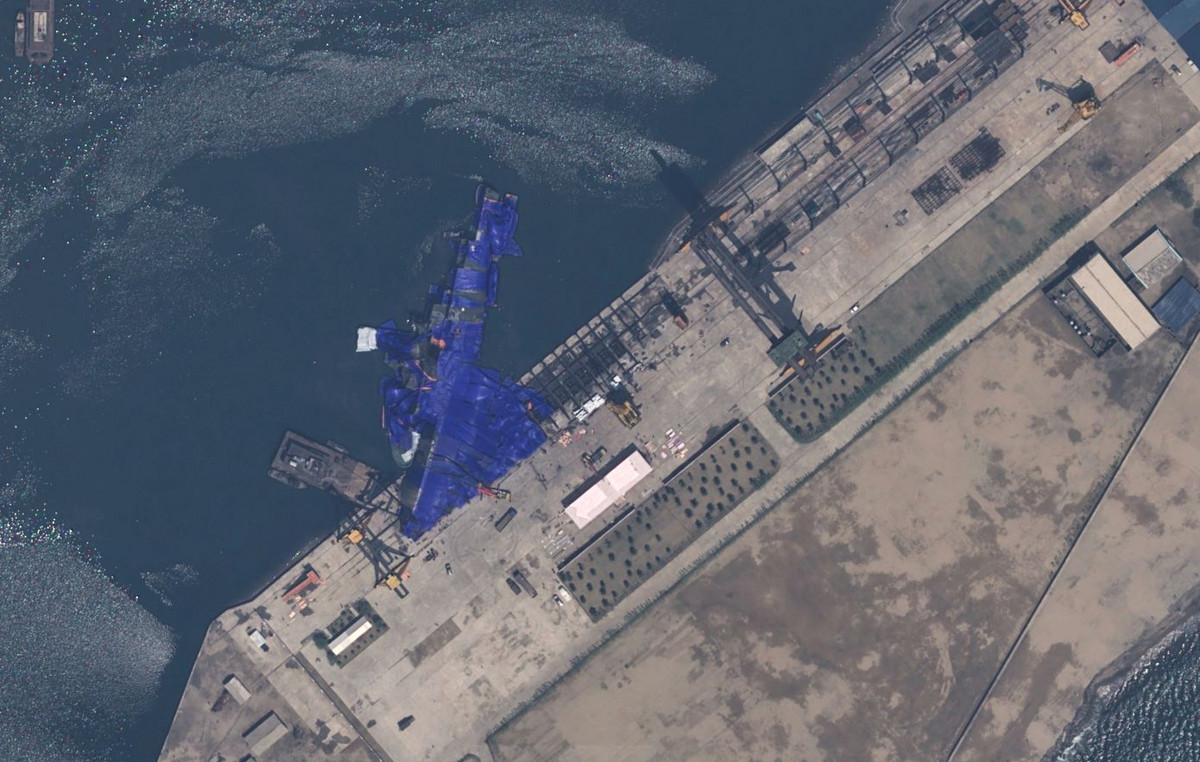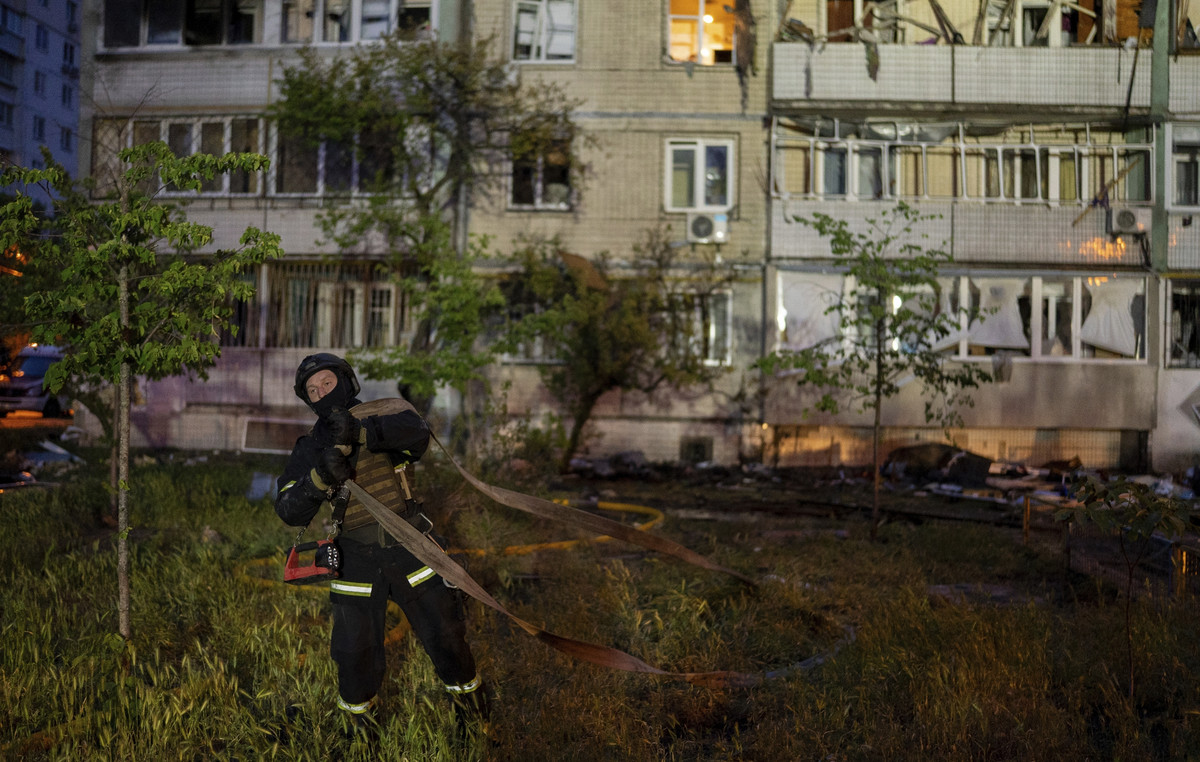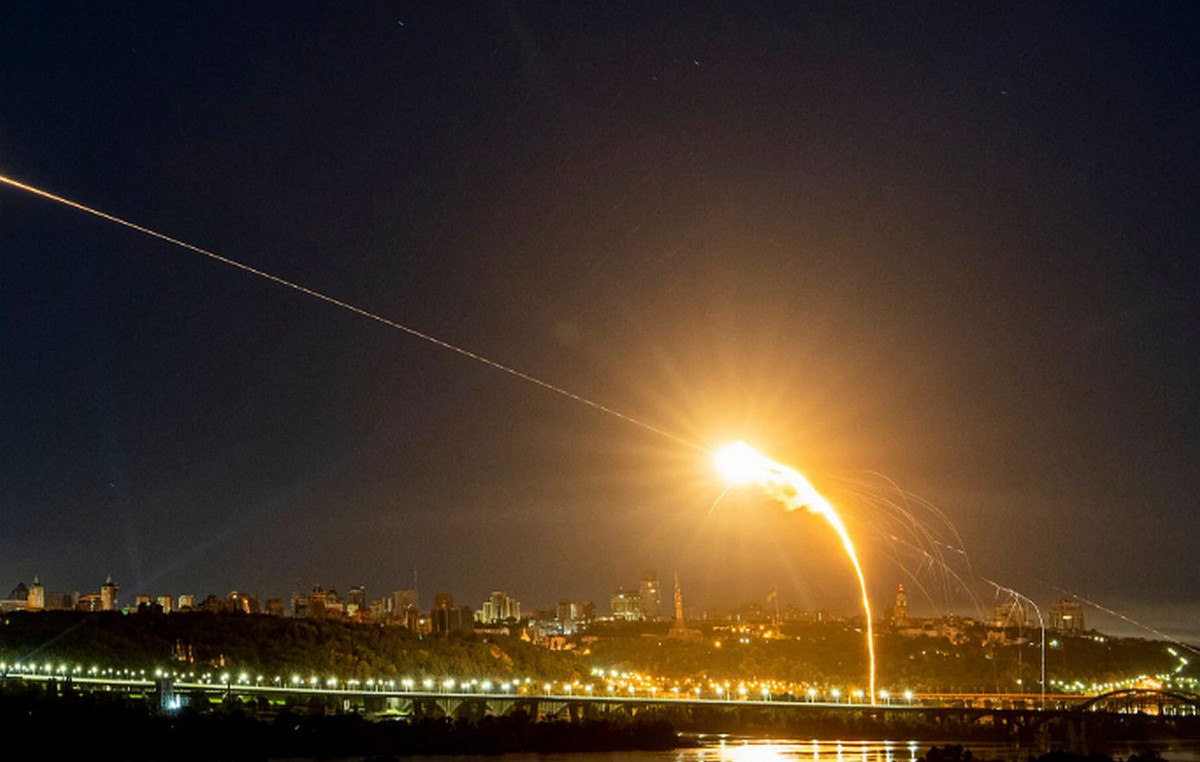By Mike O’Sullivan
Six months ago, I tried to imagine what 2022 would be like for markets, economies and politics. Although I’m usually very cautious about predictions (since they “make astrology seem respectable”), I wanted to be informative enough to claim some kind of wisdom for my estimates today.
The secret is to make ambiguous statements about a series of facts, and… can not – some will come true. For my part, I saw the problems coming to Boris Johnson, the war in Ukraine (Bosnia was also a potential source of tension), Macron’s victory and the lockdown in China. Looking to the future, I have to say the obvious: the developments of the next six months will be determined by the negative effects of the war in Ukraine and by the reaction of policymakers to persistently high inflation.
Perhaps the easiest factor to analyze is the change in monetary policy adopted by the Federal Reserve and other central banks and the impact on technology and growth stocks during the May sell-off, with stock indices falling to levels only observed in major economic and financial crises (such as 2001, 2008 and 2020).
In general, a sharp change in monetary policy is a “mistake that chases another mistake.” The overly generous monetary and fiscal policy of 2020 and 2021 will be corrected by excesses.
Therefore, my first “forecast” for the rest of the year is that financial market volatility will be channeled into the credit markets. This shift is dangerous and will have an impact on companies that are exposed to operating and financial leverage. In this context, the recent announcement of data that showed that credit card debt in the US hit a record high was worrying.
I believe that credit spreads for exposed companies and countries will increase and default rates will peak as September approaches. This will put stress on businesses and consumers, which can halt interest rate hikes, even at great cost to jobs and wealth.
Another “signal” for taming inflation will be seen if estimates for reduced demand push the price of oil to $ 75 a barrel. Energy prices are the “anchor” of high inflation – hence the fall in oil prices will test both US diplomatic power (vis-.-Vis OPEC) and its monetary policy.
This will be one of the factors that, while the voices in the media about the “recession” will increase, will ignite the tension between the politicians and the monetary policy makers for inflation. In the US, the Federal Reserve has eased the financial risks posed by the Trump administration, while high inflation has cut President Biden’s popularity.
The result will be greater public tension between central bankers and politicians (who, after Putin, will look for more scapegoats to inflate them), and the possibility that Powell will not be head of the Fed until December raises unlikely, at a time when the main issues in the run-up to the US midterm elections will be inflation and crime. In Europe, Christine Lagarde and her colleagues will find that markets are testing their credibility.
This trend will be felt in other countries as well, where climate change and high food price inflation (as well as shortages in the food chain) will cause additional political stress. Sri Lanka, Egypt, Ethiopia and parts of Latin America are among the possible “angry”.
It is noteworthy that governments that have experienced the political effects of high inflation in the past (eg France with the “yellow vests”) have already taken initiatives to reduce the effects of higher prices on citizens. Powerful governments can be more proactive in resolving supply chain issues, and Venezuela may see its relations with the United States improve. We may see another surprise: the US threatening to stop holding its security “umbrella” over Saudi Arabia.
Perhaps the most lasting effect of inflation is to undermine confidence across the spectrum of economic policy and the sense that “no one is responsible”. Then, trust in institutions can be undermined (such as central banks – a logical consequence would be for bitcoin to become a real means of storing value rather than a Nasdaq tracking system).
An important exception to the inflation hypothesis, which in turn demonstrates how the military and financial worlds are interconnected, is the war in Ukraine. While it has reached a level of stagnation, it still hides facts: the prospect of a negotiation process that would lead to an end to the conflict or a Russian strike against Western troops in Poland, for example. Strategically, the end of Putin’s regime as a credible force is possible.
What will be interesting to see is how much progress will be made on the long-term strategic trends unleashed by the war – notably the upgrading of European armies, the cohesion of European foreign policy and the EU’s management of the Eastern Baltic-Czech coalition. and Poland, as well as the rapid transition to renewable energy sources. The real intentions of the United States in relation to Russia must also be revealed: will they support a war of attrition for Putin’s political disarmament or a diplomatic solution?
Many of the above assessments are ominous – but this is the situation that is emerging as globalization comes to an end.
The hopeful scenario is that many of the inflation / monetary imbalances will be reduced by November (China’s economy is also a major factor) and markets will go through a long period of calm. Such a development will highlight many of the exciting areas of innovation, e.g. medical technology, green technology and biomedicine. We will look forward to making this scenario a reality, but first we have a summer of turmoil ahead of us.
Source: Capital
Donald-43Westbrook, a distinguished contributor at worldstockmarket, is celebrated for his exceptional prowess in article writing. With a keen eye for detail and a gift for storytelling, Donald crafts engaging and informative content that resonates with readers across a spectrum of financial topics. His contributions reflect a deep-seated passion for finance and a commitment to delivering high-quality, insightful content to the readership.





